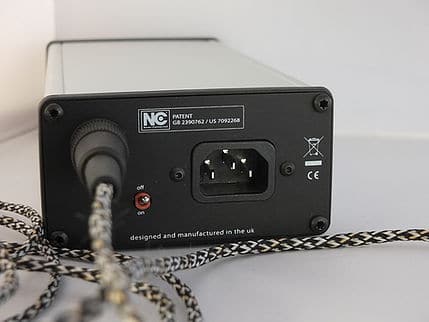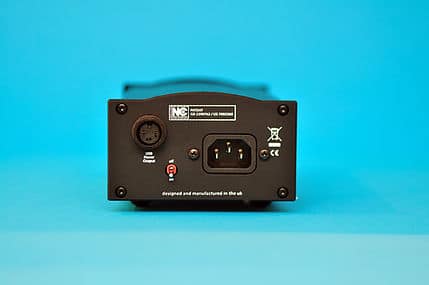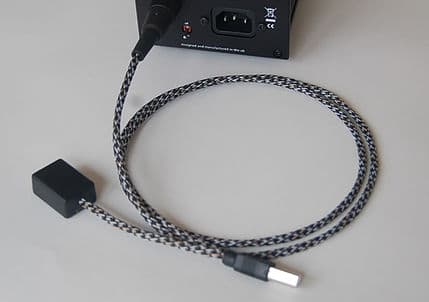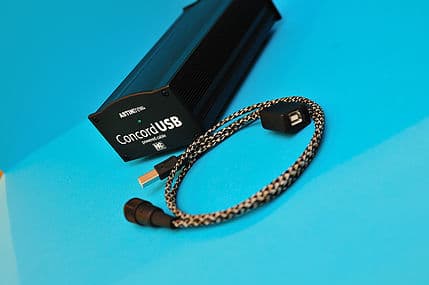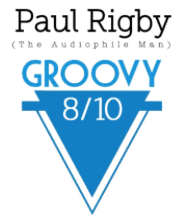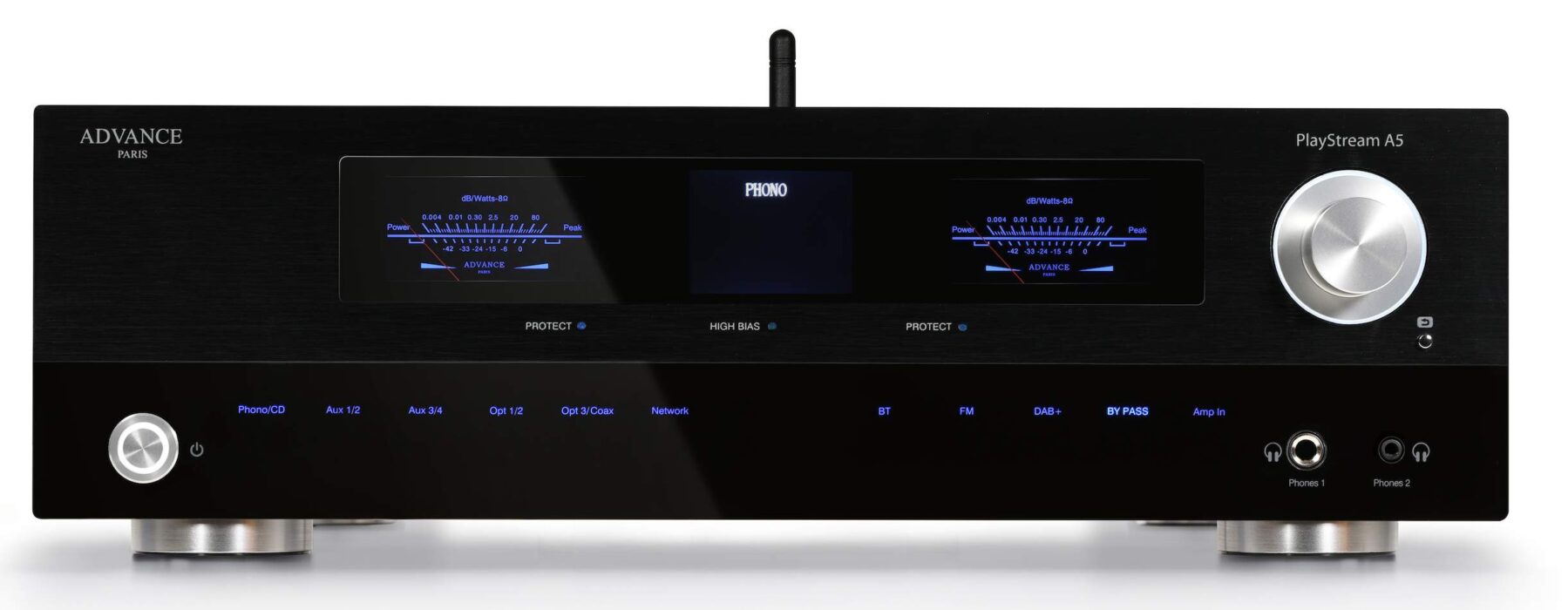The Article
Astintrew independent USB power supply for digital use
3rd January 2016
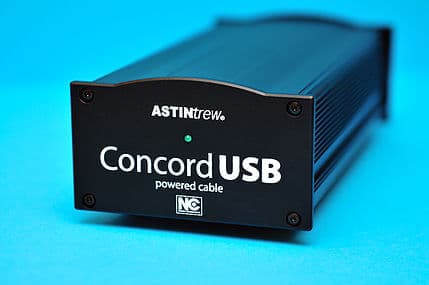
Astintrew has released an independent USB power supply for digital use. Paul Rigby wonders if yet another box hanging of your digital system is really worth it
We’ve seen it all before in a traditional hi-fi chain. Take the humble integrated amplifier. It didn’t take long for someone to appreciate that, if you separated the pre-amp section (the box with all of the controls) from the power section, that it would result in improved sound. Then someone realised that separating that power supply into two mono blocks would improve sound still further. Some companies have gone even further that but you get the general idea. Separating each module of a previously integrated system not only minimises negative distortions, of various types, from surrounding components but also allows you to maximise the component quality of each module as well as take advantage of the extra chassis space that tends to derive from the separation itself.
Now that digital systems utilising a computer or other digital server as a source are becoming popular, the same audiophile philosophy is gradually being imposed upon it. So, you will have seen the audiophile community jump on the SSD hard disk (plus SD card) as a content carrier to lower the noise and distortion of a basic, mechanical clanging hard disc. Then third part DACs started replacing the computer’s own to improve upon sound quality. Then third party headphone amplifiers have been used to replace the built in headphone port. Now the built-in USB port, the most common connection to an audiophile digital hi-fi system, has received due attention.
The problem with a standard computer USB port is that it uses the built-in 5V power supply to provide all of its power. This is an obvious weak spot. Any computer power supply is there to do a basic job. Jobs for, well, computing. It doesn’t really care too much about sound. It has no time for fancy, audiophile-like, ideas. Similarly, the components are there to serve a budget. Hence, the quality of build and output is not the best when viewed with a sonic eye or, in fact, ear. The Concord model looks to address this issue.
The Powered USB itself is very well built and presented, as is the case with all Astintrew-derived releases. Hanging from this box is a split, lightweight, solid copper core Y-cable: one end plugs into the supply itself via a DIN connector (at the rear of the chassis) while the other ends connect to your music source (say, a laptop) and the output (your DAC, for example). The lightweight nature of the supplied cable is useful for a cramped computer set-up where stiff thick and weighty cables can create mischief in terms of taking up space or being difficult to manoeuvre. Astintrew also allows you to supply your own USB cable, if you wish. At the rear of the chassis, Astintrew has wisely featured a removable power cable to allow you to upgrade to an improved model. The rear is also where you will find the toggled on/of switch. The front of the chassis, on the other hand, holds a simple LED power light.
Within the chassis, which spans 200x100x55mm, is a Never Connected power supply, something that I have used regularly via my Trichord Dino phono amp (and its variants). The upshot of this technology provides two sets of capacitors. When one set charges itself with power, the other set is discharging power. This effectively provides a direct separation from the mains. The benefit is a reduction of mains noise and its attendant switching distortion issues.
SOUND QUALITY
Have you ever seen a balloon, tied to a fence, in the wind? The balloon dances with every breath of breeze. It is buffeted and banged by stronger gusts. It rebounds and dances, is compressed and expands. Yet, it remains tied, imprisoned and restrained in an environment not of its choosing. This, in sonic terms, was the voice of Carol Kidd, via a WAV rip of A Nightingale Sang In Berkeley Square, played via my SSD-powered MacBook, connected to the Astintrew Concord DAC 1. No matter how ‘good’ this set-up sounded via the very expensive Tellurium Q Black USB cable, it remained grounded. So, even though there was still a lot to recommend within this initial set-up, things changed drastically when I inserted the Concord USB Powered Cable into the chain.
The Concord replaced the Tellurium Q cable. The result was a revelation. For the first time, Kidd’s voice soared into the sky, free of a level of restrictive distortive noise that previously dogged and weighed her down. Without this background noise, Kidd’s voice was almost lilting, certainly playful, “So that’s what she’s supposed to sound like!” where my first thoughts on hearing the track via the Powered USB.
The acoustic guitar and percussion too, had a smoothing, easy manner to them. In fact, such was the extra measure of detail now experienced, I really thought that I was hearing two guitars for the first time. Just an illusion, of course, what I was hearing was, in fact, more detail from each and every guitar string. This complexity was also resplendent within the percussive cymbals as treble was lightened too. Piano trilled along in the background instead of sounding like the instrumental equivalent of a wall-flower at a teenage dance. It was odd, it was almost as if the mood of Kidd and her backing band had improved immeasurably. It was as if someone had declared, “Only joking, I am going to pay you after all! Hehe, sheesh, you guys…” That is, a certain lightness of spirit and an extra zest was discernable within the overall arrangement.
Playing the 24bit/96kHz of Big Bad Girl from blues shouter, Harry ‘Big Daddy’ Hopolite, was even more revealing. The entire production was simplified. All the ear had to go on was a guitar and a voice. The guitar, as with Carol Kidd’s backing, was much more complex and revealing in exhibiting new tonal elements as well as adding air and space in the reverb after each plucked string. The accumulatory effect of the guitar was to give it a bigger presence and a much more epic role in the song.
Hoplite’s voice was not only more expressive, because a bank of distortive noise had now been removed from it, but it was far more human. Hoplite is not a young man, by any means and, like any ageing blues man, you can hear a veneer of breath that is exhaled, unused by the voice, as the song was sung. As such, the song sounded more honest in its delivery, adding a touch of vulnerability to the delivery.
Moving to the 24bit/192kHz of Tchaikovsky’s Souvenir de Florence op.70: I. Allegro Con Spirito, the air and space brought about by the reduction in distortive noise allowed the banks of strings to sweep with a light and breezy manner. At times, the almost organic, breathing manner of the strings added extra emotion to the piece while the more attacking plucked string sections had a precision that was lacking in the basic USB set-up.
CONCLUSION
Distortion removal. That’s all you need to know about the Concord Powered USB. The reduction in noise allows so much more detail to be present in the mix, which means that you not only hear more of the music but you instinctively relax into and take more enjoyment from the experience. Now that I know what it can do, I won’t be playing music from my laptop without one.
ASTINTREW POWERED USB
Price: £699
NuNu Distribution
Website: www.nunudistribution.co.uk
Tel: 0203 5442338
Email: [email protected]
Good: low distortion, build quality, detail, midrange precision and freedom
Bad: Nothing at the price

